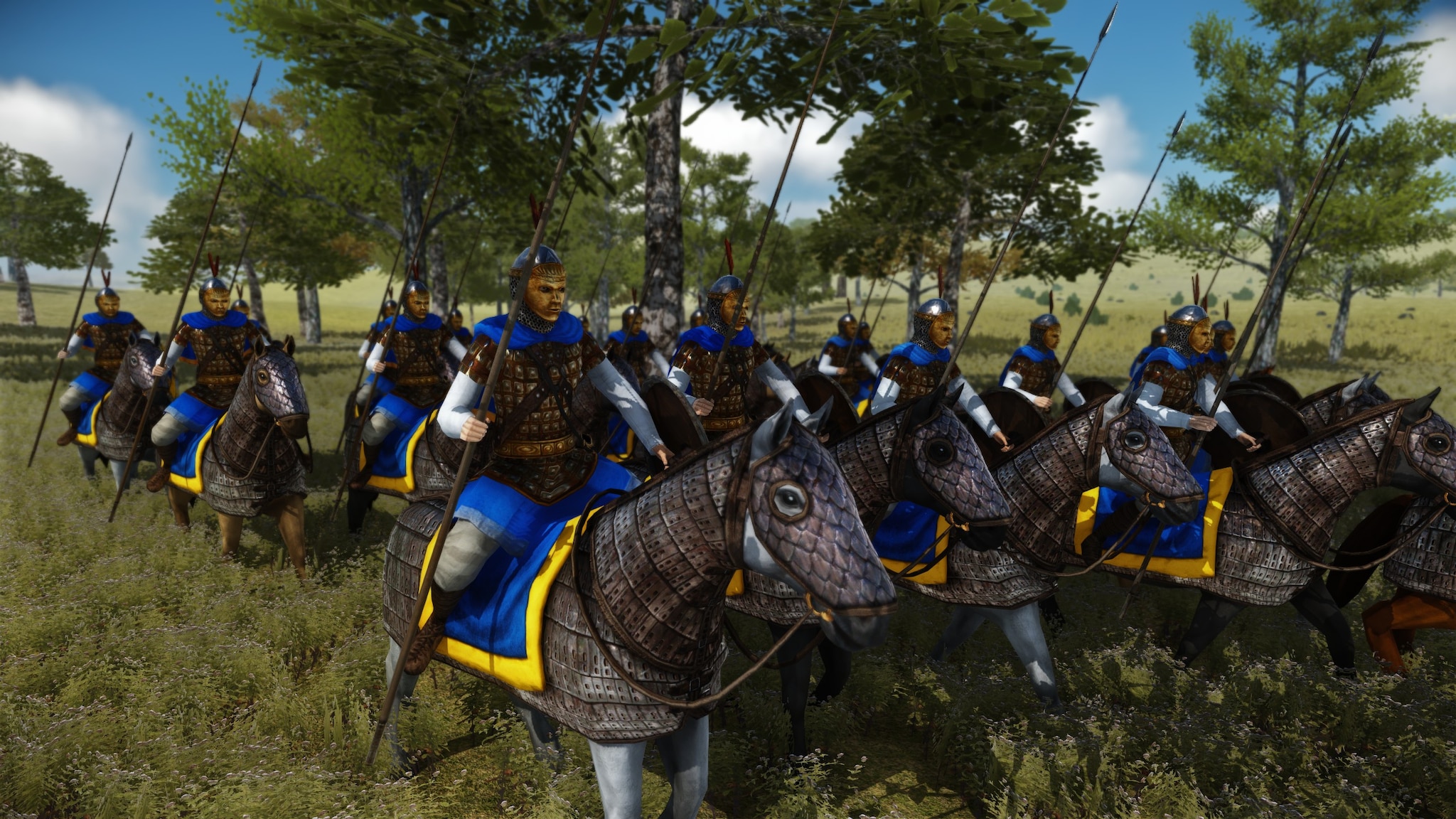

One important tidbit here is that the F12 key is bound by default to one of the camera bookmarks. This panel is basically for the camera, tooltips, map overlay transition, and more.įinally, you can change the keybinds for the actions you often use during your playthrough. Here, you’ll find the gameplay settings for Total War: Rome Remastered. You might want to turn down the music volume if that’s the case. My only gripe here is that the dialogue, cheesy as it may be, doesn’t sound as loud. Presetīelow, you’ll see the audio settings. In my case, I chose the “ultra” unit size setting and I played a custom battle with 40 units (mostly infantry and a few cavalry). Likewise, don’t forget that unit size also plays a factor in this. You might notice how you’ll get lower fps when zoomed in to look at units more closely, and higher fps if you’re zoomed out. The framerate, while tied to graphics presets, was still manageable. Performance-wise, I didn’t encounter egregious drops or slowdowns. If you’re wondering about the visual overhauls in Total War: Rome Remastered when compared to the original release, you can check out the official video below: Graphics comparisons for Total War: Rome Remastered With my setup, selecting the recommended settings keeps the depth of field low, disables MSAA, and adjusts the unit size to ultra. This one has everything from the details of textures, shadows, post-processing options, graphical quality, and unit scale. If you click on the cog icon at the upper-right corner, you’ll see the advanced graphics settings.

This panel also allows you to tweak the resolution scaling, color scheme, and campaign map vibrancy. You can change your preset (low, medium, high, ultra, and custom), resolution, frame limit, V-Sync, and UI size. This isn’t like later offerings from Creative Assembly where expansions are integrated into the base game, allowing you to start them from the main menu.īelow, you’ll see the general graphics settings for Total War: Rome Remastered. Likewise, I should add that the launcher will pop up, allowing you to select which game you’d like to play (i.e., Total War: Rome Remastered, Barbarian Invasion, or Alexander). However, it’s worth noting that the remastered version’s recommended specs are more demanding compared to those listed for the sequel, Rome 2. As you can see, I’m well above the recommended specs. The system requirements can be seen on Total War: Rome Remastered‘s Steam Store page. GPU: NVIDIA GeForce GTX 1070 8 GB or AMD Radeon RX VEGA 56 8 GB.



 0 kommentar(er)
0 kommentar(er)
